Are you expecting a little one and looking to notify your employer about your maternity leave? Crafting the perfect letter can be an essential step in ensuring a smooth transition as you prepare for this exciting new chapter in your life. In this article, we'll walk you through a simple letter template that covers all the important details, such as the start date of your leave and your commitment to a seamless handover of responsibilities. So, if you're ready to take this step, keep reading for practical tips and a helpful example!
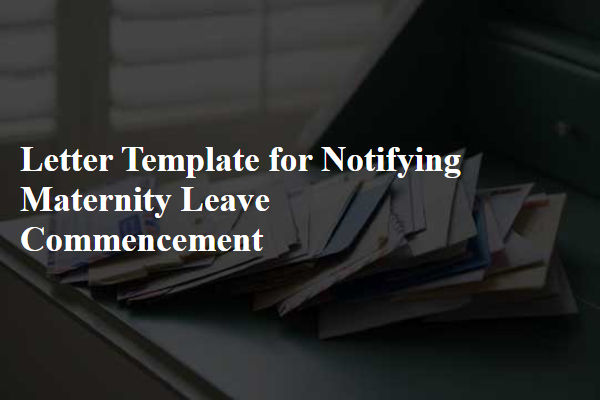
Personal Information
Maternity leave is a crucial phase for expectant mothers as they prepare for childbirth and recovery. It typically begins around the 36th week of pregnancy, though this can vary based on individual circumstances and workplace policies. In the United States, the Family and Medical Leave Act (FMLA) allows eligible employees to take up to 12 weeks of unpaid leave for maternity purposes, ensuring job protection during this period. Employers may require a formal notification, often including personal information such as the employee's name, position, and expected due date. Additionally, providing details about any necessary transition plans for responsibilities can facilitate smoother handovers during the temporary absence from work.
Maternity Leave Start Date
Maternity leave typically commences as expectant mothers prepare for childbirth. The official start date, which should be communicated to the relevant parties, often falls around the final weeks of pregnancy, usually a month prior to the expected due date. In various workplaces, such as corporate offices or educational institutions, this notification might be essential for ensuring adequate coverage and maintaining operations during the absence. Following labour laws, entitlement rights often dictate the length of leave, which can range from several weeks to several months, depending on local regulations. Providing clear communication about the maternity leave duration, including names and contact details of interim personnel, can significantly streamline operations during this transition.
Duration of Leave
Maternity leave represents a critical period for expecting mothers to prepare for the arrival of a newborn. Typically, maternity leave lasts up to 12 weeks (or 84 days, depending on the employer's policy and local regulations) and allows mothers to bond with their child and recover physically after childbirth. In many regions, such as the United States, Family and Medical Leave Act (FMLA) can provide job protection during this time. Additionally, the commencement date often aligns with the estimated due date, ensuring coverage during the final stages of pregnancy and immediate postpartum period. Employers must clearly communicate the return date to facilitate a smooth transition back to the workplace.
Contact Information During Leave
Maternity leave commencement requires clear communication regarding contact information during the absence. It is crucial to inform supervisors and team members of the leave start date, typically aligned with the expected due date, which can be calculated based on a standard pregnancy duration of 40 weeks. Providing an alternate contact person within the organization ensures continuity in workflow, particularly in departments like Human Resources or Project Management. Include an updated phone number and email address that can be monitored for essential communications, ensuring that colleagues can reach out for urgent matters. This structured notification maintains clarity for workplace operations during the maternity leave period, avoiding potential disruptions and ensuring that responsibilities are managed effectively.
Transition Plan and Work Handover Details
Maternity leave commencement necessitates a strategic transition plan to ensure seamless workflow continuity. This essential plan includes outlining work responsibilities, critical deadlines, and project statuses for key ongoing tasks. Identifying a designated team member or colleague to effectively manage these duties during the absence is crucial. Relevant documentation should be provided, such as detailed project briefs, access to digital files, and communication protocols to facilitate collaboration. Additionally, specific dates for handover meetings and a timeline for returning to work post-maternity leave, often lasting up to 12 weeks, should be clearly communicated. Maintaining an open line of communication with the team during the maternity leave period can further enhance stability and support within the workplace.

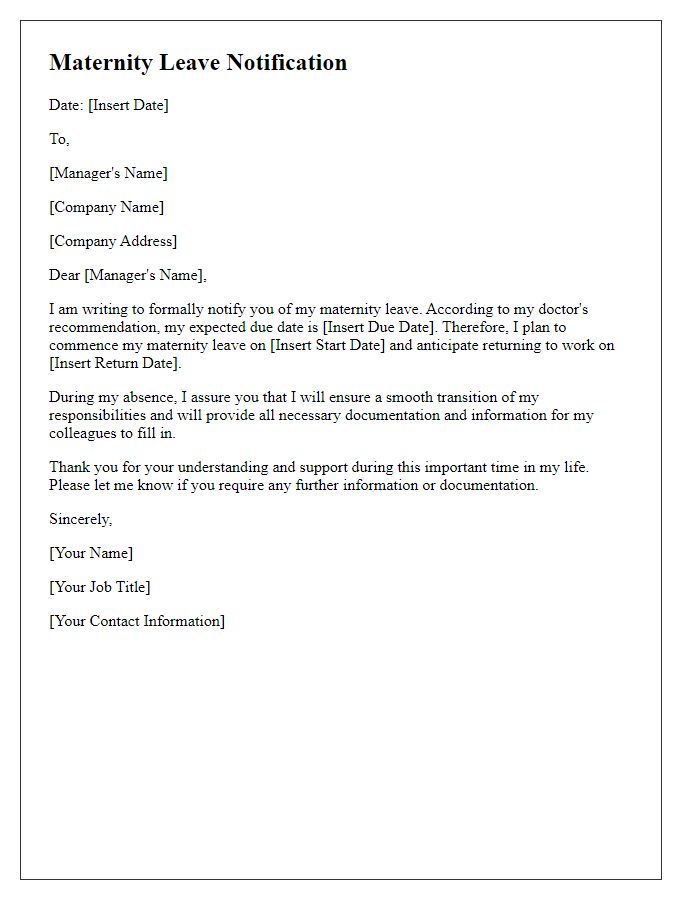

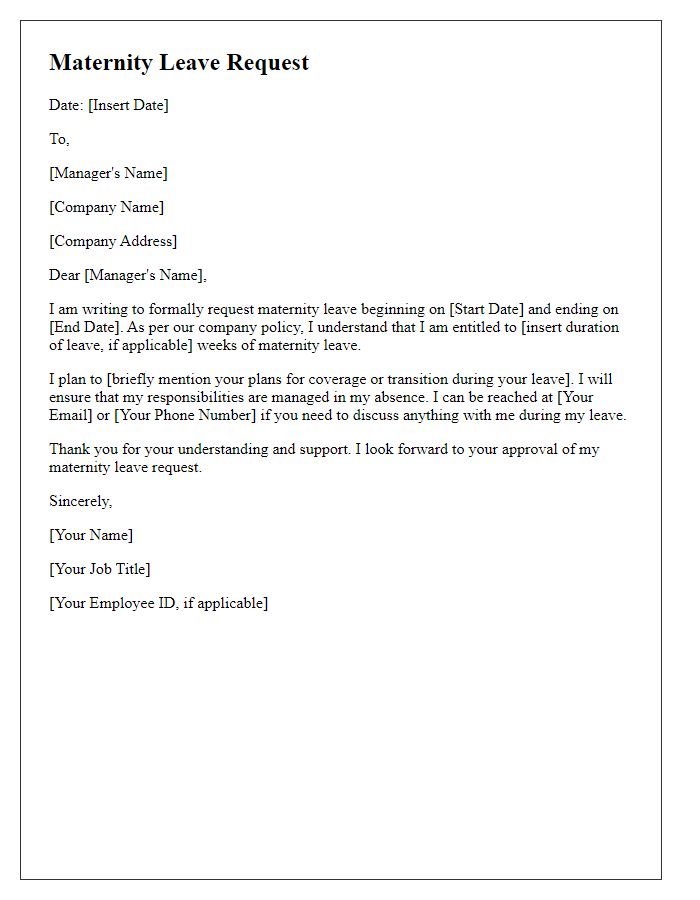
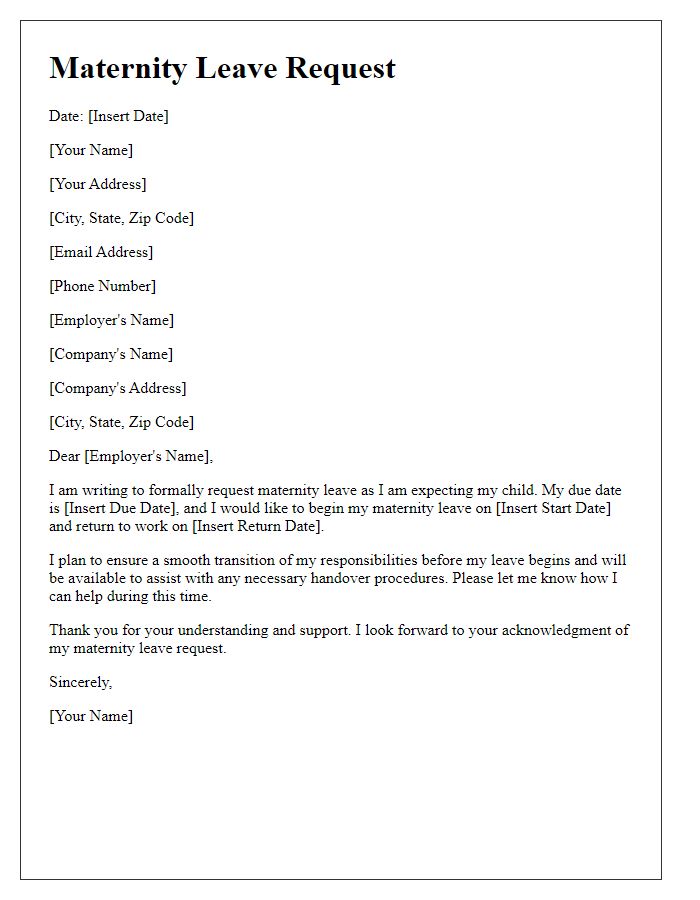
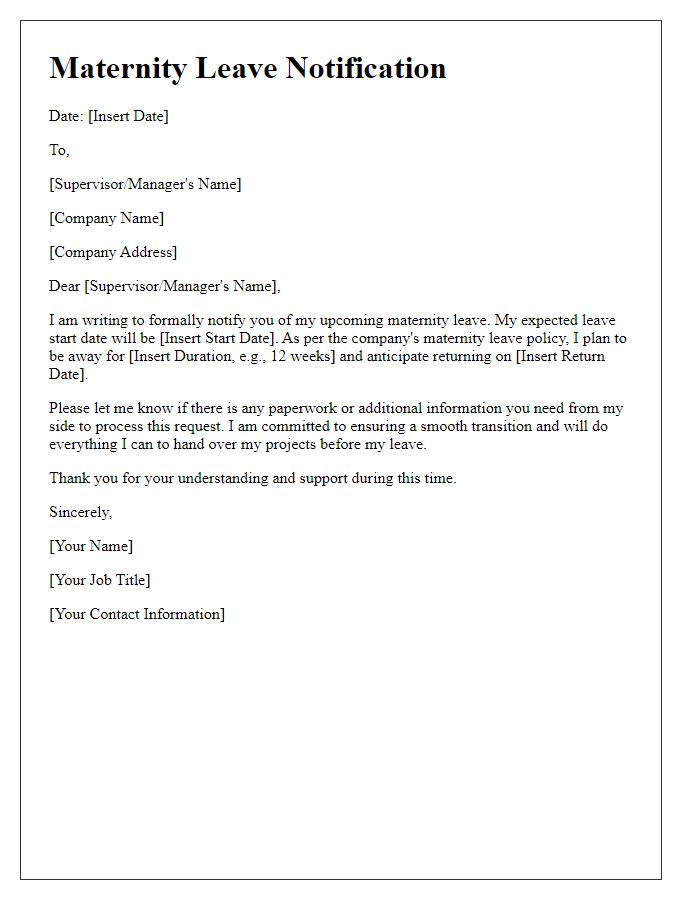

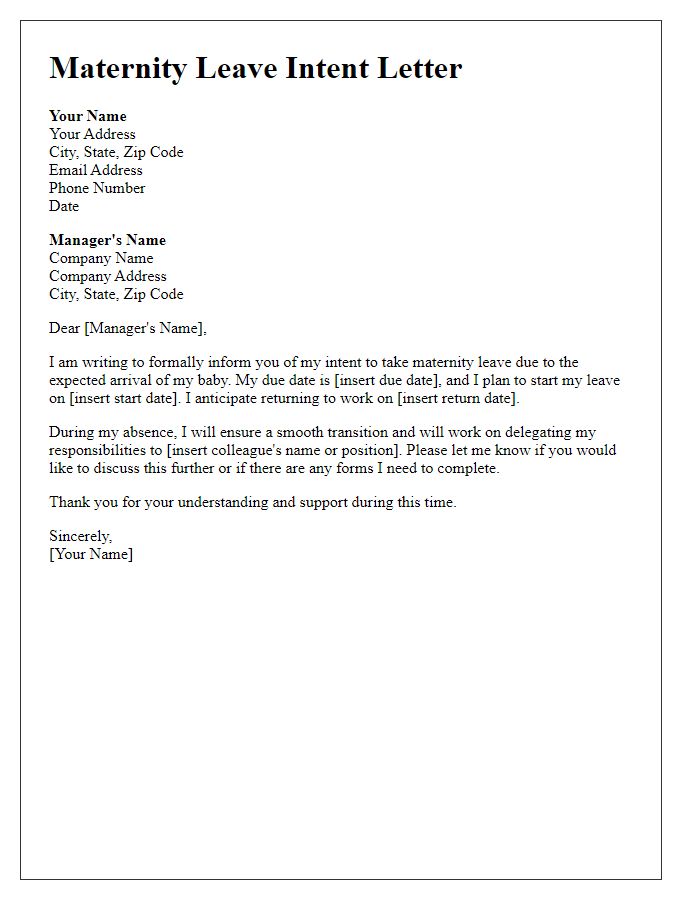

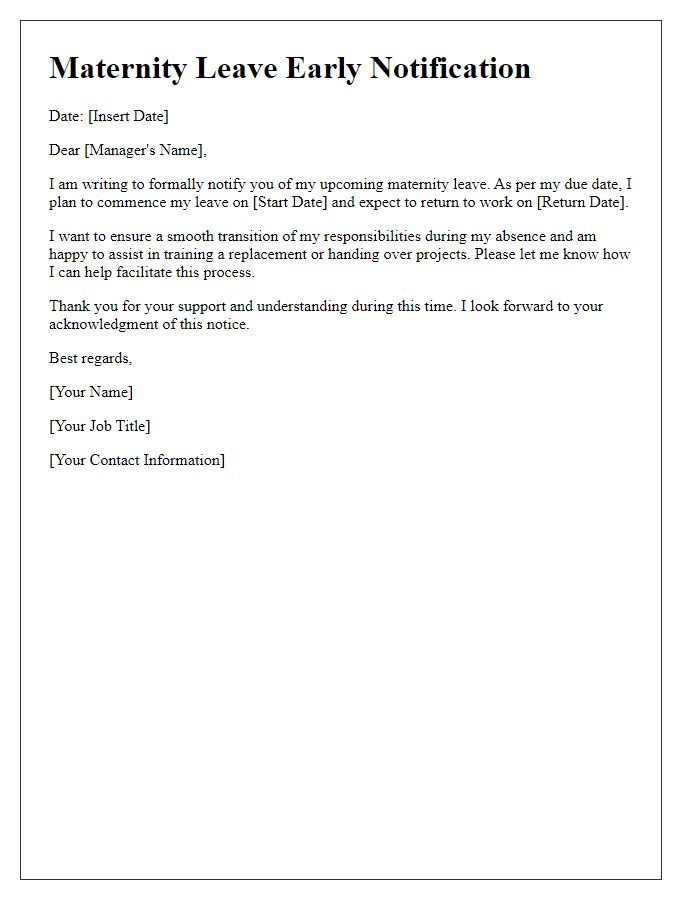
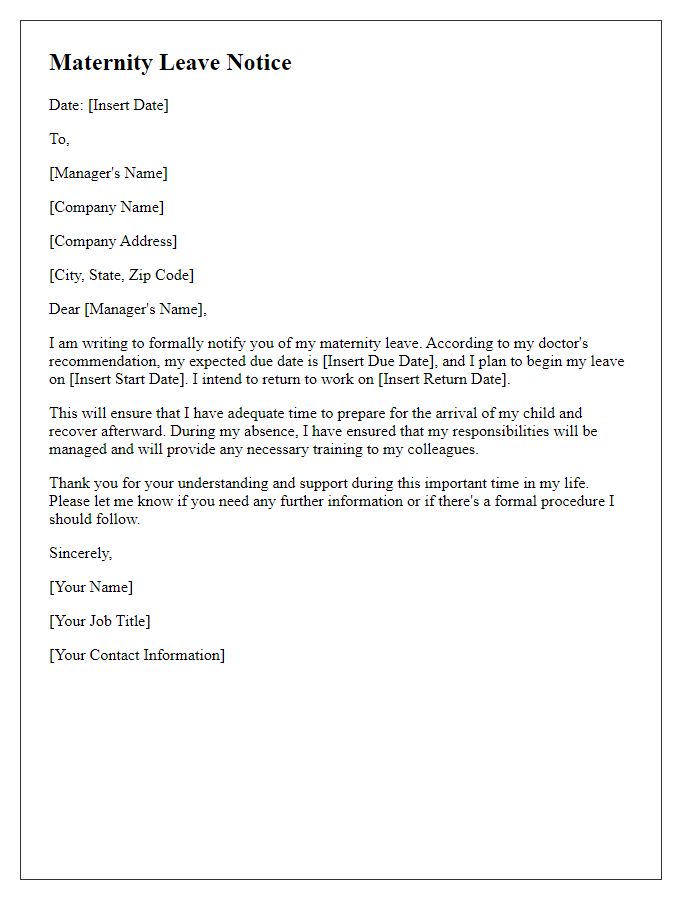

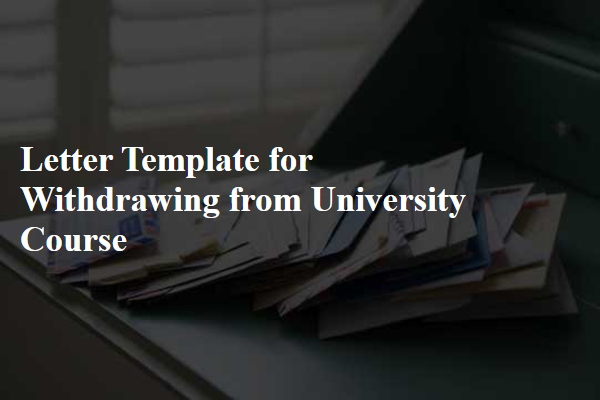
Comments